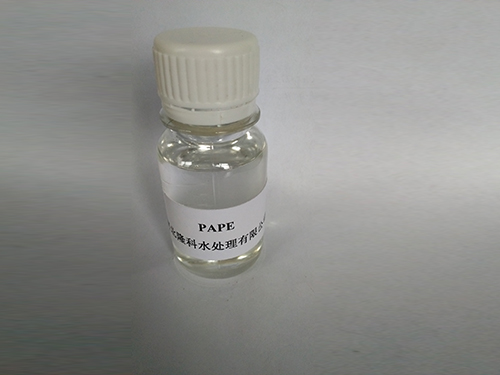coagulant flocculant
The Role of Coagulants and Flocculants in Water Treatment
Water treatment is a critical process in ensuring safe drinking water and protecting the environment. Among various chemicals used for this purpose, coagulants and flocculants play a vital role in removing impurities from water, making them essential components in modern water treatment facilities.
Understanding Coagulants and Flocculants
Coagulants are substances that help in the aggregation of particles suspended in water. They typically carry a positive charge and neutralize the negative charges on particles, allowing them to clump together. Commonly used coagulants include aluminum sulfate (alum), ferric chloride, and polyaluminum chloride. The process of coagulation is usually the first step in water treatment, where these agents cause tiny particles, colloids, and suspended solids to come together, forming larger aggregates called flocs.
Flocculants, on the other hand, enhance the process initiated by coagulants. These are high-molecular-weight polymers that help in binding the flocs formed during coagulation into larger masses. This facilitates the removal of these aggregates through sedimentation or filtration. Flocculants can be natural or synthetic, with varying degrees of effectiveness depending on the water composition and specific treatment goals.
Importance in Water Treatment
The importance of coagulants and flocculants cannot be overstated in the realm of water treatment. They are instrumental in removing turbidity, organic matter, microbes, and heavy metals from water. By improving the efficiency of sedimentation and filtration processes, these chemicals significantly reduce the amount of pollutants in the final treated water, ensuring it meets safety standards for consumption and environmental discharge.
coagulant flocculant

In addition to their primary functions, coagulants and flocculants contribute to the overall cost-effectiveness of water treatment processes. By optimizing the removal of suspended solids, they minimize the need for extensive filtration systems and reduce the volume of sludge that requires disposal. This not only leads to lower operational costs but also has positive environmental implications, as it decreases the amount of waste generated.
Challenges and Considerations
Despite their advantages, the use of coagulants and flocculants presents several challenges. The choice of these agents must consider factors such as water pH, temperature, and the specific composition of impurities. Incorrect selection can lead to ineffective treatment or even the release of harmful byproducts. Additionally, while synthetic flocculants may offer high efficiency, they can also pose potential risks to aquatic life if not properly managed.
Sustainable alternatives are gaining traction, with research focused on exploring biodegradable and eco-friendly coagulants and flocculants derived from natural sources. These innovations aim to minimize environmental impact while maintaining treatment effectiveness.
Conclusion
In summary, coagulants and flocculants are indispensable in the water treatment process. They enhance the removal of impurities, contributing to cleaner water and a healthier environment. As technology and research advance, the future holds the promise of more sustainable approaches in using these vital chemicals, ensuring that water treatment remains efficient and environmentally friendly. Understanding their roles and impacts will continue to be crucial as we strive for improved water quality in an ever-changing world.
-
Water Treatment with Flocculant Water TreatmentNewsJun.12,2025
-
Polymaleic AnhydrideNewsJun.12,2025
-
Polyaspartic AcidNewsJun.12,2025
-
Enhance Industrial Processes with IsothiazolinonesNewsJun.12,2025
-
Enhance Industrial Processes with PBTCA SolutionsNewsJun.12,2025
-
Dodecyldimethylbenzylammonium Chloride SolutionsNewsJun.12,2025





